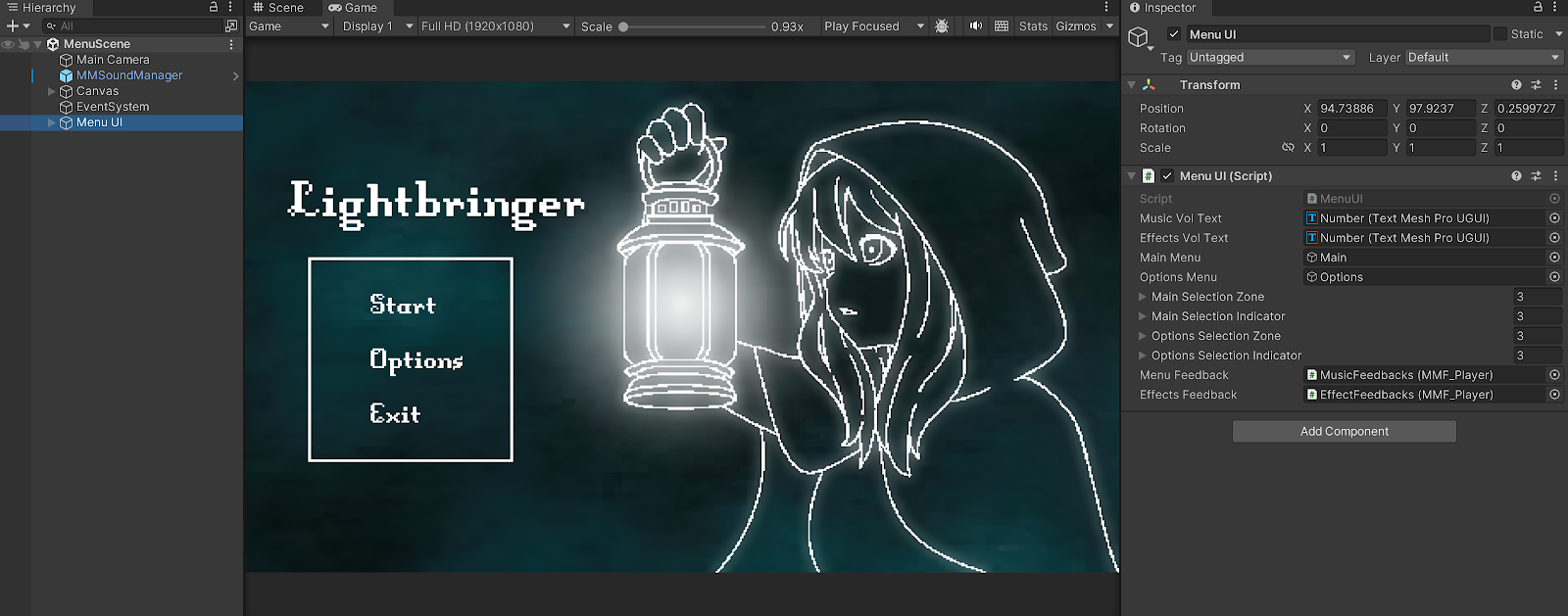Digital Photography and Imaging / Week 10
12.06.23 / Week 10
Name: ALYSSA AISYAH BINTI 'ARIEF NASRAN (0364017)
BDCM
BDCM
LECTURES
Introduction to After Effects
Intro To After Effects
In this week's lecture we were introduced to the software Adobe After Effects. Adobe After Effects is a 2.5D animation software used for animation, visual effects, and motion picture compositing. It is used in film, TV, and web video creation.
This software is used in the post-production phase, and has hundreds of effects that can be used to manipulate imagery which allows you to combine layers of video and images into the same scene.
Adobe After Effects takes a different approach for creating movement. Motion graphics animation works by manipulating vector and rasterized art to create and tell a story. You can integrate physical based media as well through photographs and videography.
Pre-compositing In Adobe After Effects
- Transforming still images (graphic elements and photography) into moving images
Photoshop can be used as a platform to composite the layers, and all the layers need to be arranged and renamed accordingly so that it will be organized and easy to be animated in After Effects.
- Animating layers sequence from various elements and platform
As Adobe After Effects is a digital visual effects, motion graphics, and compositing application, we can import elements such as images, video, vector and more into After Effects. Similar to the above, for ease of use, all the layer elements need to be organized and synchronized to the external software platforms such as Photoshop & Illustrator as After Effects files does not embed its media, and links to it instead.
TUTORIAL
Introduction to After Effects
Interface, Layer & Tools
In this week's tutorial Mr Fauzi briefed us of our next exercise which involved animating Position, Scale & Masking path and demonstrated how to animate those in class, aside from this we also learnt about kinetic typography and advanced keyframes in animating in the supplementary video he provided to us.
INSTRUCTIONS
PRACTICAL
After Effects Exercise
For this week's practical, we are to create keyframe animation to the layers using Position (P), Scale (S) & Masking path that is 15 seconds long, with the size being 1080 x 1920 px.
I first started out by adjusting the length of the video to 15 seconds in the composition settings tab
Fig 1.0 Adjusting Animation Length
Then, I started to animate the typewriter first. I have chosen to apply position on the typewriter as well as the shark and in each frame adjusted their positions slightly going towards the direction I desired to move them across the composition. I decided to have the shark coming from the bottom left corner of the composition going towards the center left and the typewriter move as the shark crosses its path as it was a fun idea to incorporate into the animation.
Fig 1.1 Animating Typewriter
Fig 1.2 Animating Shark
Once I was satisfied, I then decided to have my masking element be the fencing man, and have him dissappear and reappear in a few different directions, this was achieved by cropping the bounding box of the mask to be more narrow or wider frame by frame.
Fig 1.3 Animating Fencer
For the last animation, I have animated the projector to show scale, by adjusting the size in the settings to grow smaller or bigger in each frame.
Fig 1.4 Animating Projector
In the final step, I then rendered my animation and exported it into one final video.
Final Animation
.png)
.png)
.png)
.png)
.png)


Comments
Post a Comment